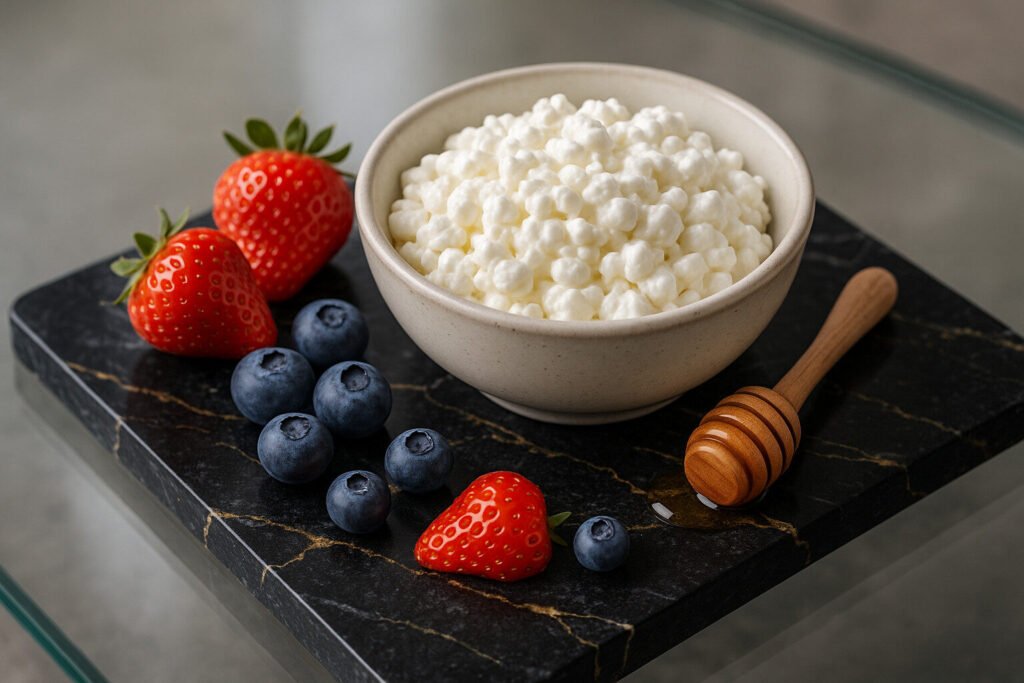Curdy Cheese
Defining Curdy Cheese
Curdy cheese refers to varieties where the curds remain partially intact and discernible in the final product. This texture results from specific production methods that minimize curd cutting and agitation. The category includes fresh cheeses like cottage cheese and some aged types where curd structure is preserved.
These cheeses are characterized by their granular, non-homogeneous texture that separates easily. The curd particles can range from small rice-like grains to larger, pea-sized pieces depending on style. This physical structure directly influences both mouthfeel and flavor release during consumption.
Production Methodology
Curdy cheeses begin with coagulated milk that is carefully cut into larger pieces or minimally processed. For traditional varieties, the curds might be hand-ladled to preserve their delicate structure. The curds are typically drained without pressing to maintain their individual character.
Acid-coagulated cheeses often develop curdy textures naturally during formation. The drainage time and method significantly impact final moisture content and curd definition. Some producers salt the curds individually before molding to enhance flavor penetration while preserving texture.
Sensory Characteristics
The texture presents as distinctly granular with individual curds that separate under slight pressure. Mouthfeel varies from moist and tender to somewhat firm depending on moisture content. These cheeses typically offer mild, milky flavors with subtle acidic notes.
Flavor intensity correlates with aging time, though most curdy cheeses remain relatively mild. The open structure allows for quicker flavor release compared to dense, pressed cheeses. Fresh versions often carry bright, lactic notes while aged varieties develop more complexity.
Culinary Applications
Curdy cheeses excel in recipes where texture contrast is desirable, such as salads and baked dishes. Their excellent melting properties make them suitable for certain cooked applications where distinct curd structure should remain visible. They pair well with fresh fruits and crisp vegetables.
These cheeses often serve as protein-rich components in breakfast and brunch preparations. Their ability to absorb dressings and sauces makes them versatile in cold preparations. Many artisanal varieties are enjoyed simply with bread to appreciate their textural qualities.
Regional Examples
American cottage cheese represents a fresh, moist curdy cheese widely consumed in North America. French fromage blanc shares similar textural qualities though often with higher moisture content. Indian paneer maintains distinct curd structure despite being pressed.
English curd cheese showcases a traditional approach with minimal processing. Mexican queso fresco offers a crumbly yet curdy texture ideal for sprinkling. Each regional variety reflects local dairy traditions and consumption preferences while maintaining the characteristic curdy structure.

